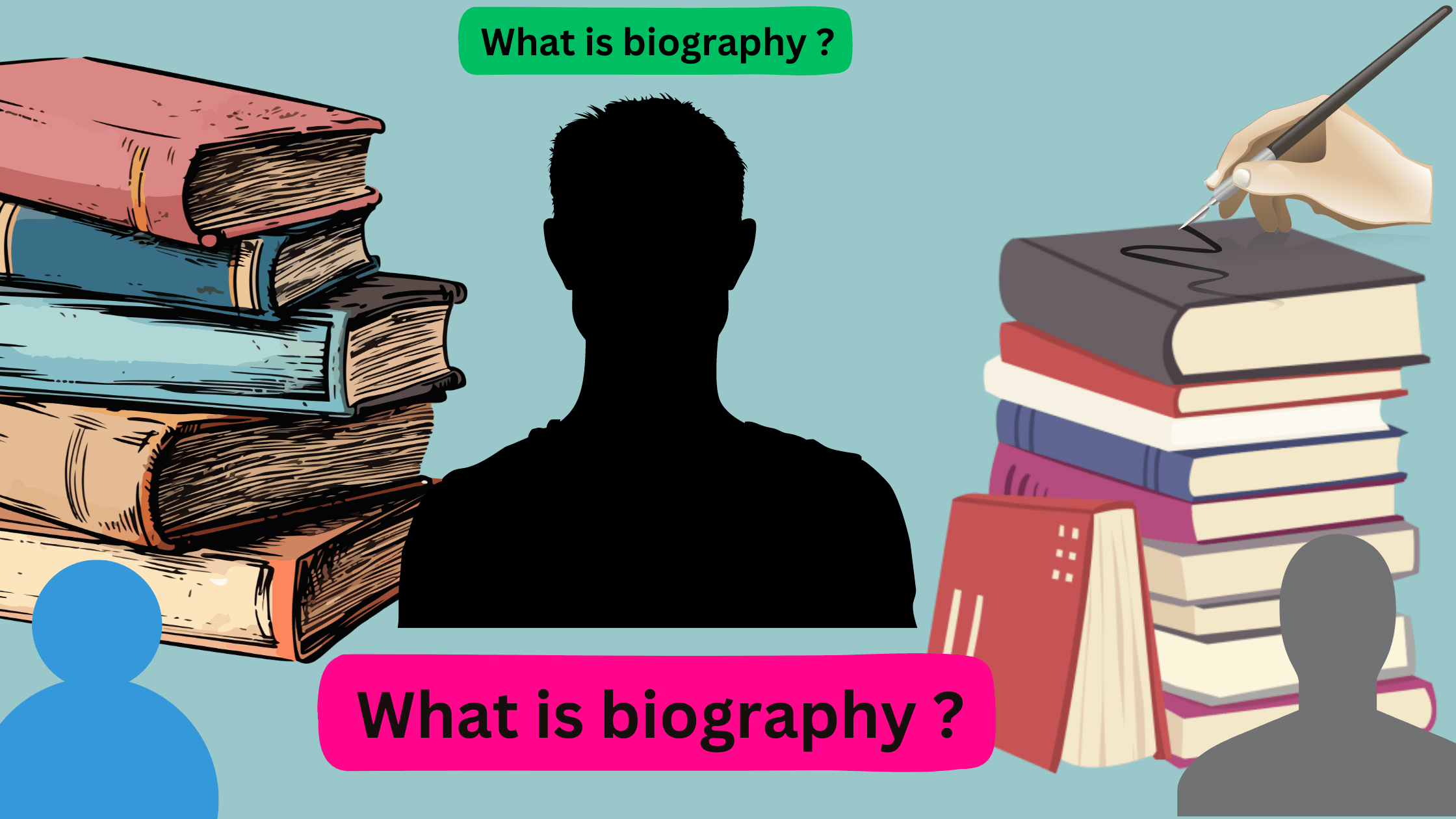How to Capture the Human Spirit in Biographies
Biographies have a unique power to capture the essence of the human spirit. They offer a window into the lives and experiences of individuals who have left an indelible mark on the world. But crafting a compelling biography that truly captures the essence of a person is no easy feat. It takes a skilled writer to delve deep into the subject’s life, emotions, and motivations, and present a story that resonates with readers.
In this article, we will explore the art of capturing the human spirit in biographies and provide valuable insights and tips for aspiring biographers. From conducting thorough research and interviewing key individuals to honing your storytelling skills and finding the right balance of fact and emotion, we will guide you through the process of creating biographies that touch the hearts and minds of your readers. So if you’re ready to embark on a journey to capture the essence of the human spirit, let’s get started.
Understanding the essence of a biography
Biographies are more than just a chronological account of a person’s life. They are a means to capture the essence of an individual’s humanity, to delve into the depths of their experiences, emotions, and the driving forces that shaped their journey. At its core, a well-crafted biography should transport the reader into the subject’s world, allowing them to empathize, connect, and gain a deeper understanding of what it means to be human.
The essence of a biography lies in its ability to reveal the complexities, contradictions, and nuances that make up the human experience. It is not merely a recitation of facts and dates, but a carefully curated narrative that illuminates the subject’s thoughts, motivations, and the pivotal moments that defined their life. A truly compelling biography should strive to capture the subject’s unique perspective, their struggles, triumphs, and the universal themes that resonate with readers on a profound level.
To achieve this, biographers must possess a keen eye for detail, a deep curiosity, and the ability to empathize with their subject. They must delve beyond the surface-level information and uncover the deeper layers of the individual’s life, exploring the emotional, psychological, and societal factors that shaped their experiences. This requires meticulous research, thoughtful analysis, and a willingness to delve into the complexities of the human condition.
The importance of capturing the human spirit
Biographies have the power to inspire, educate, and transform the way we perceive the world and our place in it. By capturing the essence of the human spirit, biographers can create works that transcend the boundaries of time and space, resonating with readers across generations and cultures.
At the heart of a captivating biography lies the ability to connect with the subject on a deeply personal level. When a writer succeeds in this, the reader is drawn into the narrative, experiencing the joys, sorrows, triumphs, and challenges alongside the subject. This connection fosters a sense of empathy and understanding, allowing readers to gain a deeper appreciation for the complexities of the human experience.
Moreover, biographies that capture the human spirit can serve as powerful tools for personal growth and inspiration. By exploring the lives of extraordinary individuals, readers can find solace, motivation, and guidance in their own journeys. The stories of those who have overcome adversity, pursued their passions, or left an indelible mark on the world can inspire us to confront our own fears, embrace our dreams, and strive for greatness.
Researching the subject’s life and experiences
Crafting a biography that truly captures the human spirit begins with thorough and meticulous research. The biographer must delve into the subject’s life, exploring every facet, from their childhood experiences and formative years to their adult accomplishments and personal relationships.
This research process involves gathering a wide range of primary and secondary sources, including personal documents, letters, diaries, interviews, and historical records. By immersing themselves in these materials, the biographer can gain a deeper understanding of the subject’s motivations, decision-making processes, and the social, political, and cultural contexts that shaped their life.
Beyond the factual information, the biographer must also seek to uncover the emotional and psychological dimensions of the subject’s life. This may involve conducting in-depth interviews with family members, friends, and colleagues, or exploring the subject’s own writings and reflections. By gaining access to these personal insights, the biographer can better capture the nuances and complexities that define the human experience.
Choosing the right tone and narrative style
Crafting a compelling biography that captures the human spirit requires the biographer to carefully consider the tone and narrative style they will employ. The chosen approach should not only reflect the subject’s personality and experiences but also resonate with the intended audience.
A biographer may opt for a more formal, academic tone when the subject’s life and achievements demand a serious, scholarly treatment. Alternatively, a more conversational, intimate style may be appropriate when the goal is to create a deeply personal and relatable narrative. The biographer must also decide whether to adopt a chronological structure or experiment with a more non-linear approach, depending on the needs of the story and the desired emotional impact.
Regardless of the specific tone and narrative style, the biographer must strive to create a cohesive and engaging reading experience. This may involve the use of vivid descriptions, evocative language, and a keen attention to pacing and structure. By carefully crafting the narrative, the biographer can guide the reader through the subject’s life, ensuring that the human spirit shines through in every page.
Highlighting key moments and achievements
In crafting a biography that captures the human spirit, the biographer must carefully select and highlight the key moments and achievements that define the subject’s life. These pivotal events, whether triumphs or challenges, serve as the building blocks of a compelling narrative, allowing the reader to connect with the subject on a deeper level.
By focusing on the most significant and transformative experiences, the biographer can shed light on the subject’s values, motivations, and the factors that shaped their character and worldview. This may involve delving into the subject’s personal struggles, their response to adversity, or the moments of joy and fulfillment that defined their journey.
Moreover, the biographer must ensure that these key moments are not merely recounted as a series of facts, but rather woven into a narrative that evokes emotion and resonates with the reader. Through vivid descriptions, dialogue, and a keen understanding of the subject’s perspective, the biographer can transport the reader into the heart of these pivotal experiences, fostering a deeper connection and appreciation for the human spirit.
Incorporating personal anecdotes and insights
To truly capture the essence of a subject’s humanity, biographers must go beyond the factual details and incorporate personal anecdotes and insights that shed light on the individual’s character, values, and the nuances of their lived experience.
These intimate moments and reflections can provide a window into the subject’s inner world, revealing their thoughts, emotions, and the personal experiences that shaped their perspectives. By including these personal elements, the biographer can create a more multidimensional portrait of the individual, one that goes beyond the surface-level accomplishments and delves into the heart of what makes them human.
Furthermore, the incorporation of personal anecdotes and insights can help to humanize the subject, making them more relatable and accessible to the reader. This can be particularly powerful when the subject is a historical or public figure, as it allows the reader to see them as a complex, flawed, and ultimately, human individual, rather than a distant, idealized figure.
Using quotes and interviews to add depth
The strategic use of quotes and interviews can be a powerful tool in capturing the human spirit within a biography. By incorporating the subject’s own words, biographers can lend authenticity and depth to the narrative, allowing the reader to hear the subject’s unique voice and perspective.
Carefully selected quotes can provide insight into the subject’s thought processes, emotions, and the way they perceived their own experiences. These snippets of personal expression can serve as touchpoints throughout the narrative, grounding the reader in the subject’s own words and lending credibility to the biographer’s interpretation.
In addition to quotes, the inclusion of interviews, whether with the subject themselves or with those who knew them intimately, can offer a wealth of personal insights and anecdotes that enrich the overall biography. These firsthand accounts can shed light on the subject’s relationships, motivations, and the intricacies of their character, adding layers of complexity and nuance to the narrative.
Balancing objectivity and subjectivity
Crafting a biography that captures the human spirit requires a delicate balance between objectivity and subjectivity. While the biographer must strive for accuracy and impartiality in their research and presentation of facts, they must also be willing to embrace the subjective and emotional elements that define the human experience.
On one hand, the biographer must maintain a level of objectivity, ensuring that the narrative is grounded in verifiable information and that any interpretations or conclusions are supported by evidence. This requires a rigorous approach to research, fact-checking, and the careful consideration of multiple perspectives.
At the same time, the biographer must also be willing to infuse the narrative with their own subjective insights and interpretations. By drawing upon their understanding of the subject’s experiences, emotions, and the broader social and cultural context, the biographer can create a more nuanced and compelling portrait that resonates with the reader on a deeper level.
Editing and revising to enhance the narrative
The process of crafting a biography that captures the human spirit does not end with the initial research and writing. Rather, it requires a meticulous and iterative approach to editing and revising the narrative to ensure that it is as compelling and impactful as possible.
Throughout the editing process, the biographer must critically examine the structure, pacing, and flow of the narrative, ensuring that it maintains a cohesive and engaging reading experience. This may involve rearranging the order of events, refining the language and descriptions, and carefully curating the inclusion of personal anecdotes, quotes, and interviews.
Moreover, the biographer must be willing to revisit their initial assumptions and interpretations, considering alternative perspectives and seeking feedback from others to refine their understanding of the subject. This openness to revision and refinement can ultimately lead to a more nuanced and insightful portrayal of the human spirit, one that resonates with readers on a profound level.
Capturing the legacy and impact of the subject
At the heart of a captivating biography lies the biographer’s ability to capture the lasting legacy and impact of the subject’s life. By delving into the ways in which the subject’s experiences, achievements, and contributions have shaped the world around them, the biographer can create a narrative that transcends the individual and speaks to the universal human experience.
This may involve exploring the subject’s influence on their contemporaries, the lasting impact of their work or ideas, or the ways in which their story has inspired and empowered others. By situating the subject’s life within the broader social, cultural, and historical context, the biographer can illuminate the ways in which the individual’s journey has intersected with and contributed to the human experience.
Moreover, the biographer must be attuned to the ways in which the subject’s legacy continues to resonate in the present day. By drawing connections between the past and the present, the biographer can create a narrative that speaks to the enduring relevance of the human spirit, and the ways in which the stories of extraordinary individuals can continue to inspire and transform us.


